
Mississippi Scavenger Hunt
Mississippi is a land of contradictions, often misunderstood but never short of stories. From the silent banks of the Yazoo River to the steel towers of Jackson and the white-capped schooners along the Gulf Coast, this state has always been more than a footnote in the nation’s history. It is a crucible of culture—where the blues found its wail, where Southern literature unearthed its soul, and where the rhythms of resistance and resilience have played out in every courthouse, kitchen, and cotton field.
The places on this journey trace an arc that swings through centuries of change and challenge. They are not just landmarks but landmines of meaning—some joyful, others painful, all essential. You’ll walk beneath soaring Art Deco façades and humble shotgun roofs; you’ll pause where rockets were tested and where voices for justice were silenced, only to rise louder still. You’ll meet artists who took refuge in hotel colonies, architects who etched pride into small-town post offices, chefs who served steaks through the back door, and tailgaters who raised a Saturday ritual into a statewide art form.
Mississippi is often judged by its past—but it is shaped, too, by those who stayed, those who sang, those who served, and those who stood up. In this chapter, the Magnolia State reveals itself not in clichés, but in corners—where stories bloom in the soil and history still hums in the Delta breeze.
The photos and stories collected here are a fast and fun way to learn the explanations behind the quirks, the traditions and the secrets that make Mississippi uniquely Mississippi. Why was the Biloxi Light painted black after the Civil War? Solved. Where is the third oldest railroad building in the United States? A mystery no more. What is the only marching band in the NCAA Hall of Champions? Identified. Where was Coca Cola bottled for the first time? Revealed. Why did the Mississippian culture disappear? No one knows.
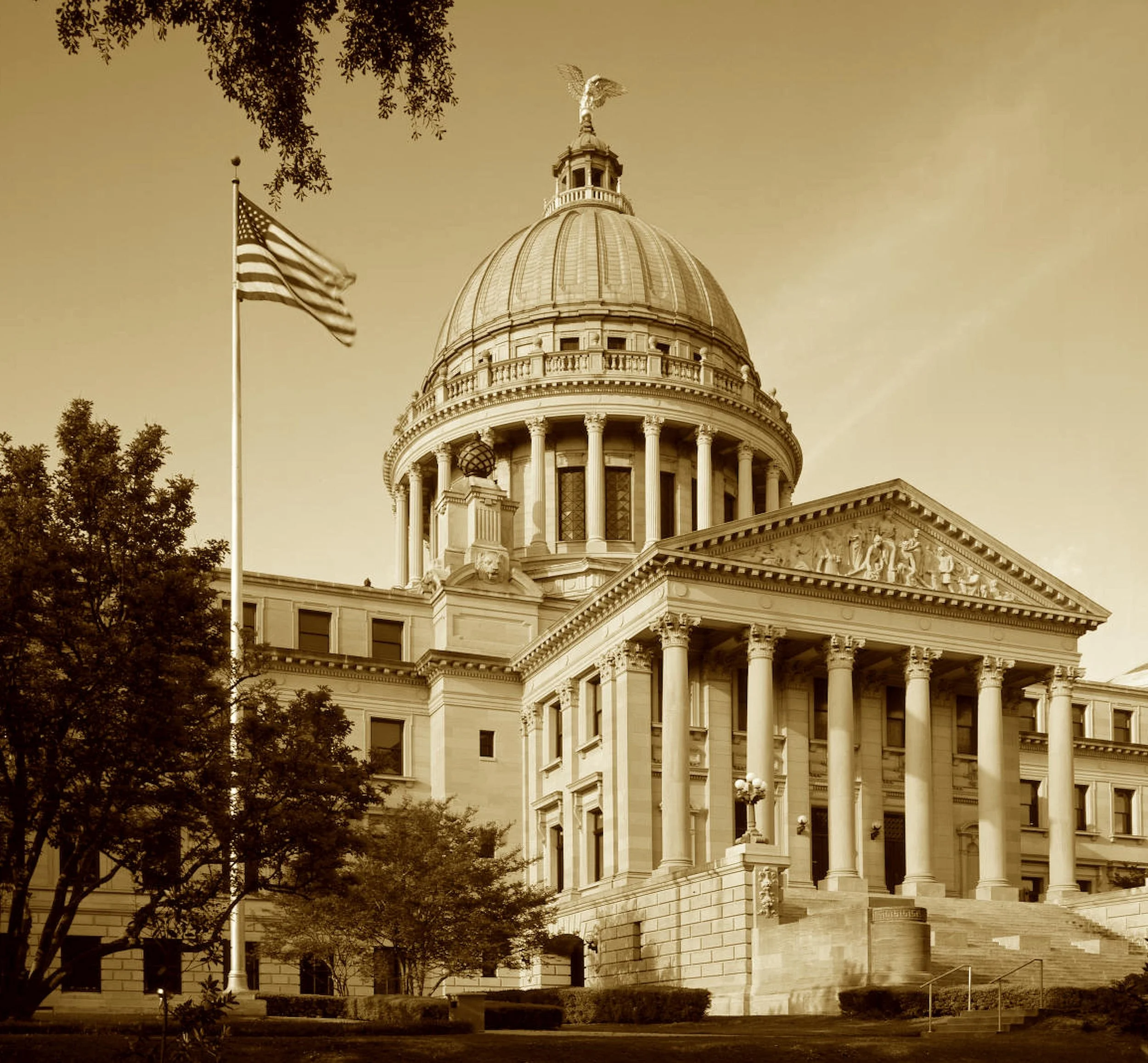
A Greek dome rose on southern soil, To house debate, resolve, and toil. Secession’s words rang through its dome, Then Union fire left little home. Yet still it stands, a stately shell, That’s seen the rise and ruin well.
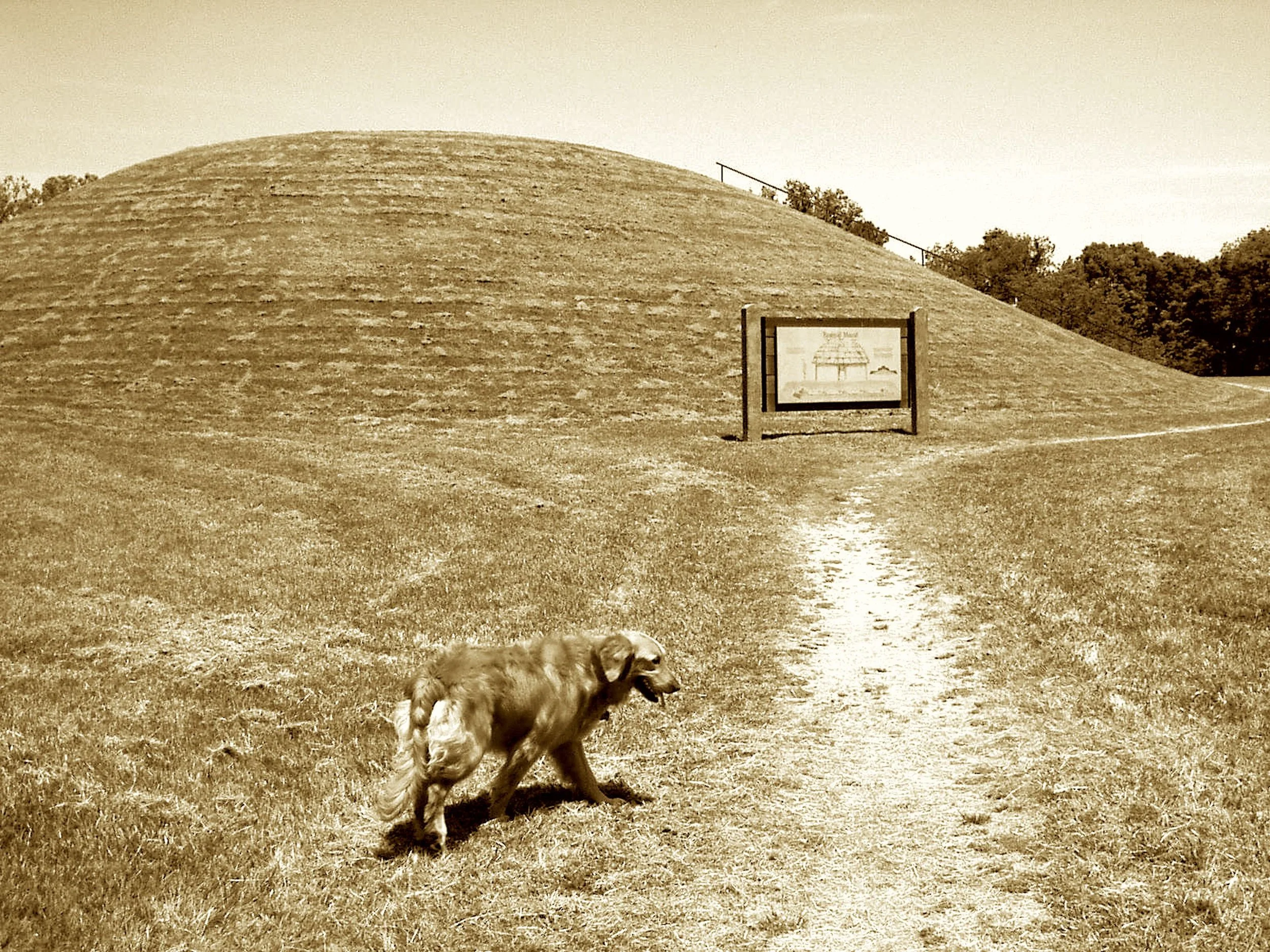
Before the Spanish cast their sails, This platform rose from tribal trails. Second in size to Monk’s great rise, A mound where long-lost culture lies. Mississippians shaped this land with grace, Then vanished—leaving little trace.

They’ve never topped the football polls, But lead the world in tailgate goals. Through tents with lace and cocktail grace, The Rebels march with practiced pace. This arch now crowns the Grove parade— For every champ the fans have made.
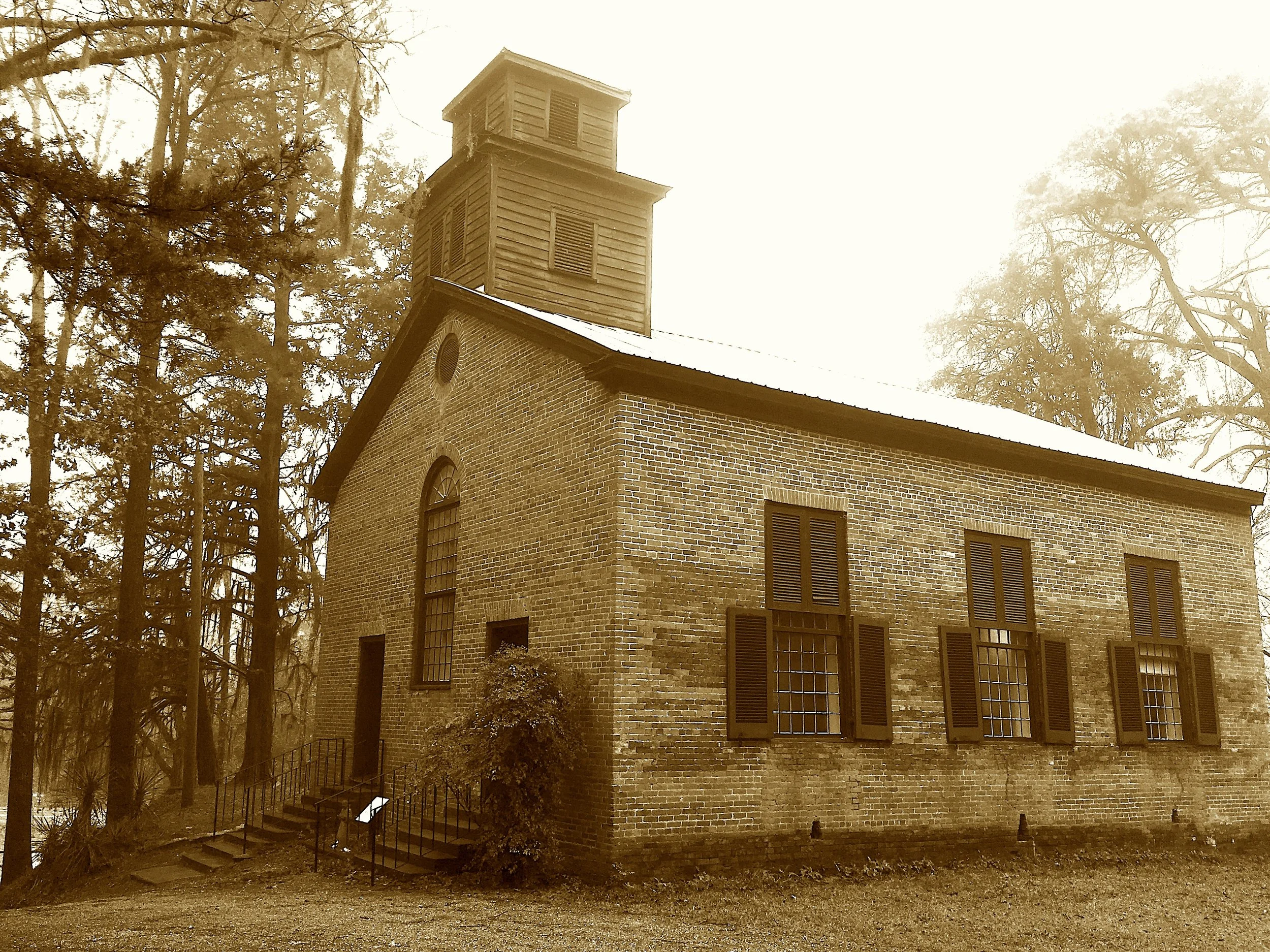
A roadside inn turned cotton town, Then war and weevils wore it down. The spring went dry, the crowds dispersed, And fever came to do its worst. Now only stone and steeple stay, Where ghosts of Rocky Springs still pray.
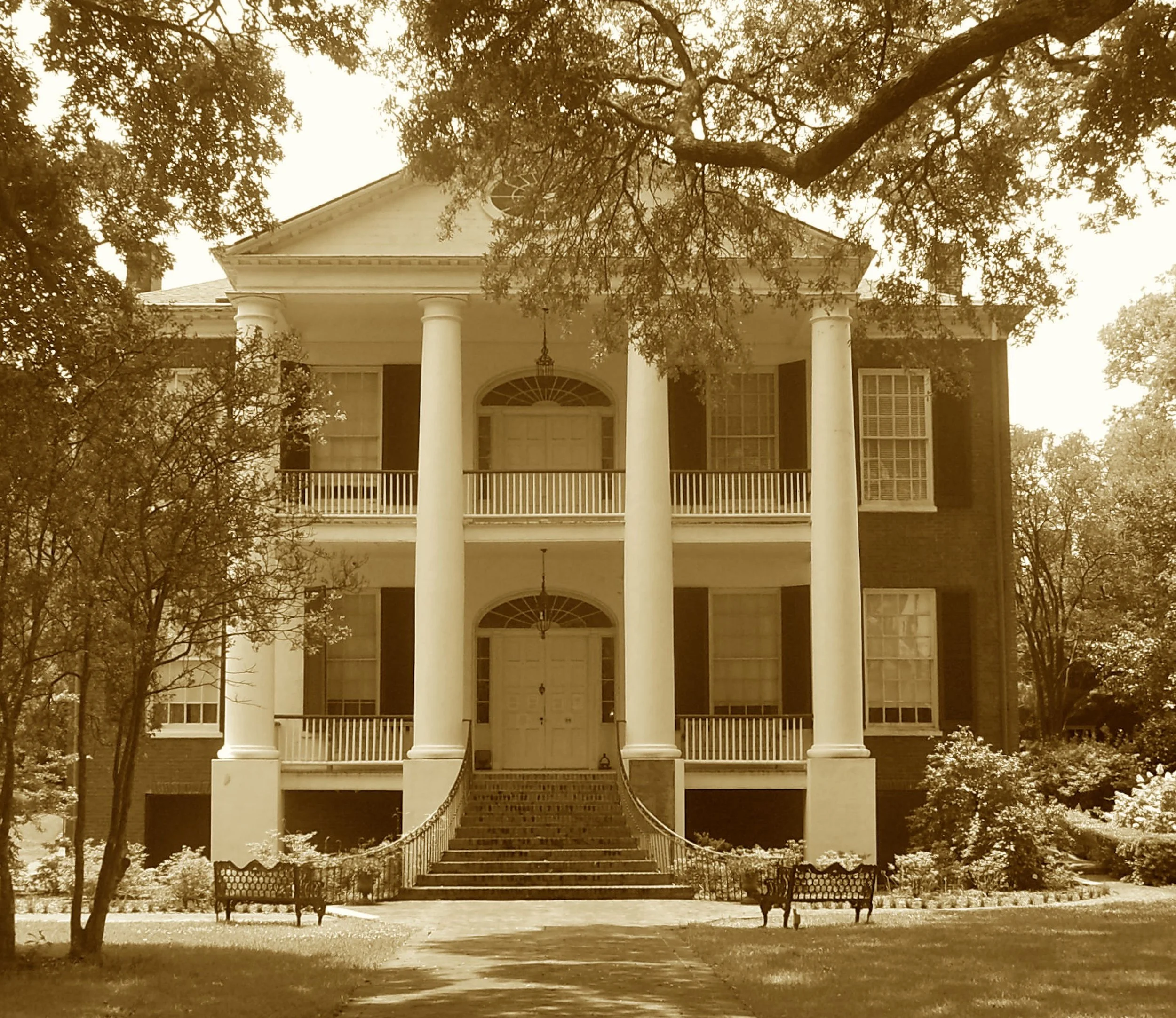
A Southern belle with columns wide, Watched bluecoats camp and flags collide. Grant walked its halls, his family near, While Southern charm masked rebel cheer. The war passed on but left its trace, In secrets whispered through this place.
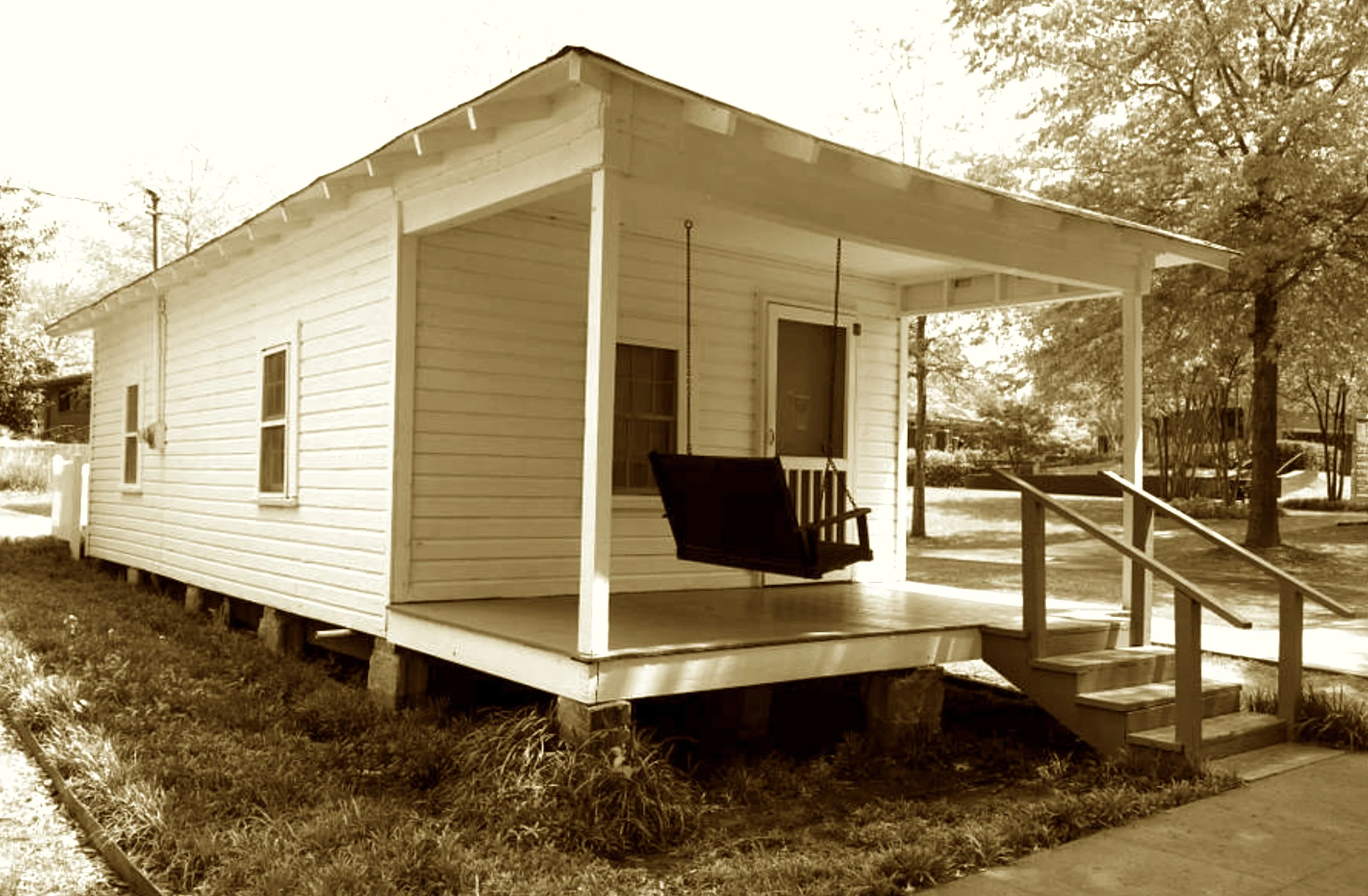
He strummed his first chords on a gifted guitar, From shotgun house to national star. The boy from Tupelo took the stage And rocked the world from age to age. This tiny home, so plain and bare, Housed the King before the flare.